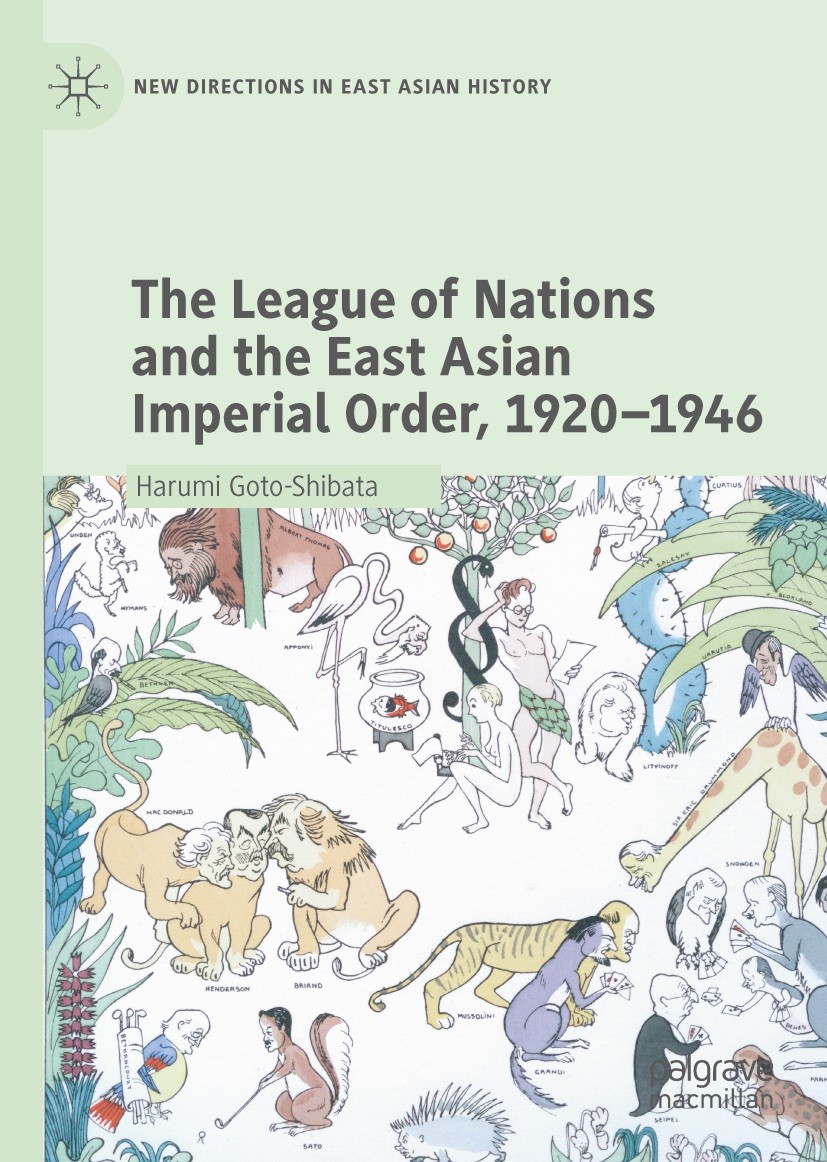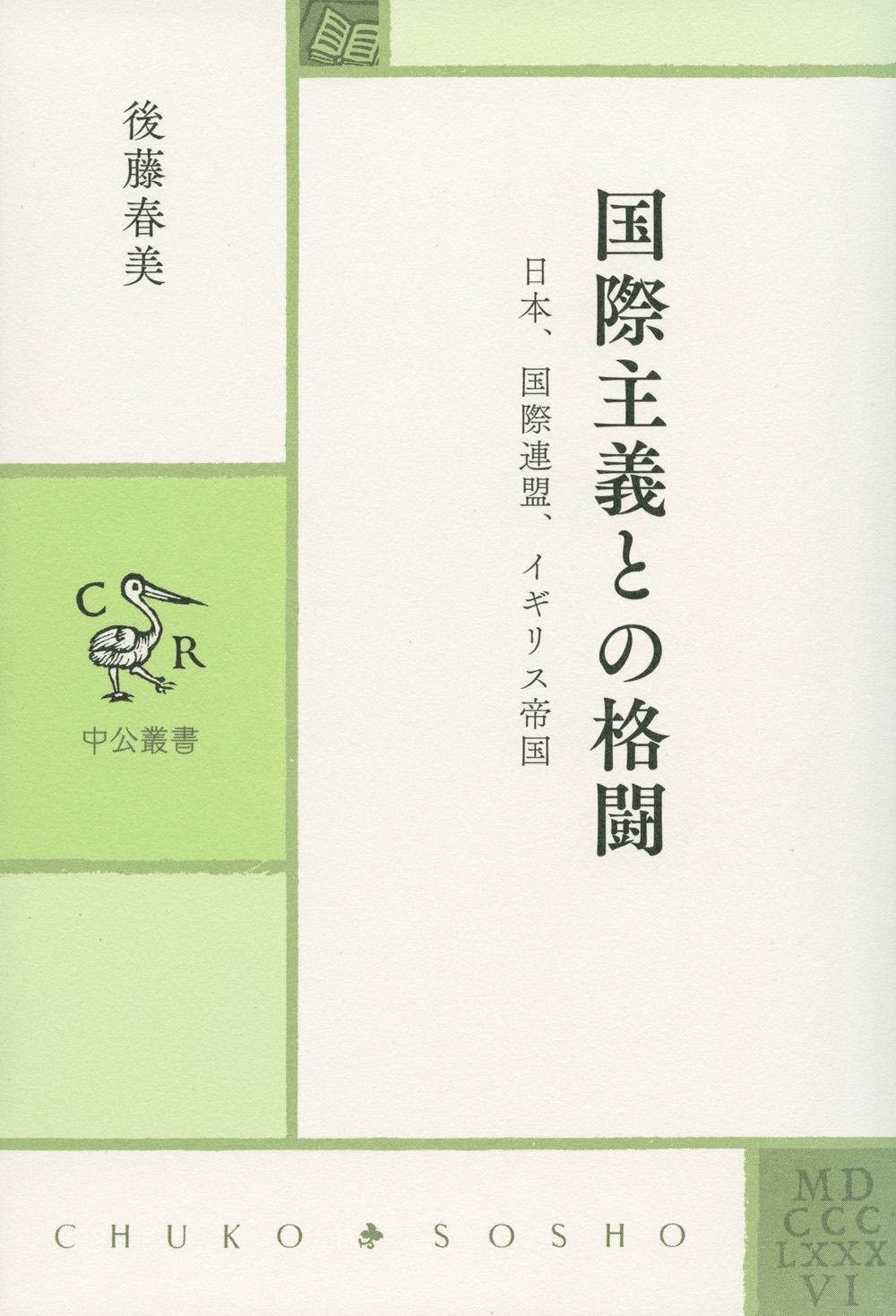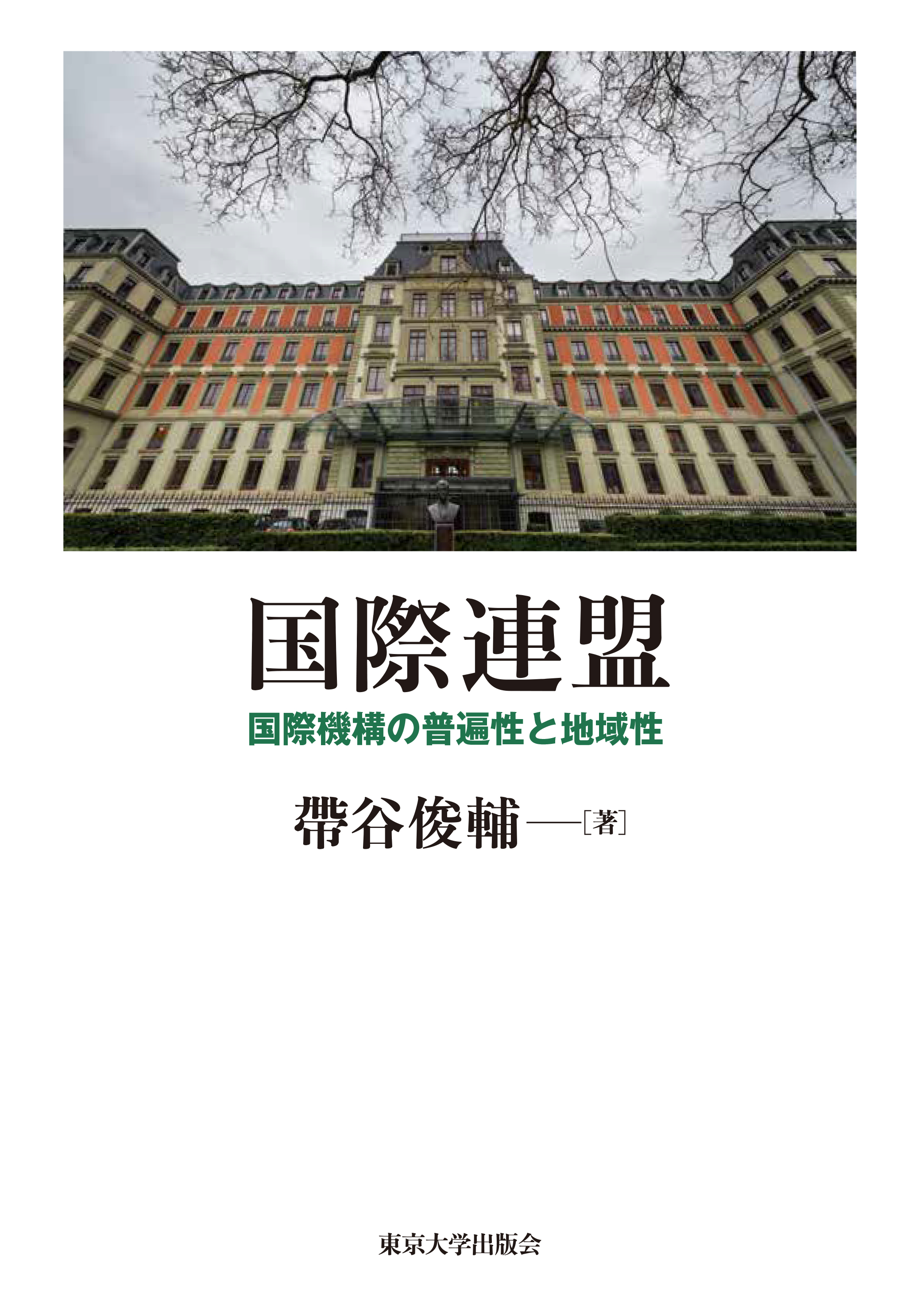
Title
New Directions in East Asian History The League of Nations and the East Asian Imperial Order, 1920-1946
Size
295 pages
Language
English
Released
2020
ISBN
978-981-15-4967-0
Published by
Palgrave Macmillan
Book Info
See Book Availability at Library
The League of Nations and the East Asian Imperial Order, 1920-1946
Japanese Page
In the twenty-first century, the interest in the League of Nations is flourishing both in and out of Japan. However, except its involvement in the Manchurian Crisis, the League’s works in East Asia are hardly known. The League of Nations and the East Asian Imperial Order, 1920–1946 uncovers the League’s efforts in East Asia in social, economic, and humanitarian fields, and examines their impact on the international relations in the region.
Although the League of Nations was established to prevent wars, what would become causes for the wars was unpredictable. Therefore, the founding fathers of the League made it tackle several issues, not directly related to keeping the peace. They thought these issues to be only supplementary, so that only one article of the covenant, Article 23, dealt with them. The League, however, gradually developed the works in social and other technical fields and started working in East Asia.
East Asia in the inter-war period was still the world of empires. Powers had colonies and special interests in the region. Indeed, the mainstays of the League of Nations, Britain and France, together with Japan were empires. The League did not intend to change the imperial order, rather it was the guardians of the empires. Nevertheless, as the problems in the region were closely related to the existing imperial order, the League’s works unintentionally came to challenge the order.
One of the most significant examples is the work of the Opium Advisory Committee, which functioned as a forum. The Committee asked countries to submit information on opium, not only from their home countries but also their colonies. Based on the information, the League held open meetings and conferences. It also asked the United States, a non-member, to attend them. The information on colonies and its publicity were often embarrassing to those who represented the empires. Even the threat of publicity and the possibility of public criticism were sometimes sufficient to make the empires introduce reforms in their territories. As a result of these reforms, revenues decreased, while expenditure on the welfare of the subjects increased. Curving opium trafficking and smoking unintentionally shook the financial foundations of the empires.
This book has also examined the technical co-operation between the League of Nations and China, from beginning to end. Different from the regulatory works specified by Article 23, the technical co-operation was not envisaged by the founding fathers of the League. Co-operation started in the field of health and developed through personal initiatives. In this case, the role of a company of actors was significant. Furthermore, the technical co-operation unexpectedly turned out to be highly political since it was impossible to carry it out without capital. The actors had to find ways to overcome the existing financial agreement made by the powers. Japan was especially opposed to the change that the proponents of the co-operation were trying to bring in.
The League of Nations and the East Asian Imperial Order thus shows that the League was quite active in its functional works in East Asia and its impact on the international relations in the region cannot be neglected. It should be noted that those works have been succeeded by the United Nations and continue even today.
(Written by GOTO-SHIBATA Harumi, Professor, Graduate School of Arts and Sciences / 2020)
Table of Contents
Part I The League of Nations as Forums and Actors
2 Social and Humanitarian Issues of the League of Nations
The Emergence of Social and Humanitarian Issues in the Covenant of the League
Japan’s Participation in the League of Nations
The League’s Arrival in East Asia
3 Challenging the Imperial Order: Control of Opium
Setting the Scene – Until the First World War
Establishing the OAC
The OAC at Work on East Asian Questions
The Participation of the United States
The Geneva Opium Conference
Change in the Opium Policies in the British Empire and the Commission of Enquiry
Lack of Reforms in the Japanese Empire
The Bangkok Conference and Further Reforms
The Impact of the OAC and Its Limits
4 Expanding the Range: Japan’s Reaction to the Technical Co-operation with China
The Developmental Phase
Co-operation in Flood Relief
The Manchurian Crisis
How to Finance the Co-operation
Technical Co-operation Politicized
5 The TWC as Another Forum and Women
The TWC and the Commission of Enquiry
Russian Women Refugees in China and the Remaining Imperial Order
Difficulties in Solving the Problem
The Lack of Financial Resources
The TWC as Another Forum
Part II Contested Power and Authority
6 Japan’s Withdrawal and China’s Request for a Seat on the Council
Trying to Continue Partial Co-operation
China’s Failure to Be Re-elected to the Council
Enter the Soviet Union
China’s Aspiration to Be a Permanent Member
Japan’s Formal Departure
A New Non-permanent Seat for an Asian State
7 Who Controls the Co-operation?: Technical Co-operation after the Outbreak of the Sino-Japanese War
The TCC in 1936
Technical Co-operation after the Outbreak of the Sino-Japanese War
Continuing for the Second Year
Who Controls the Co-operation?
Aid to China
The League or the Local Authorities
8 The Question of Empires: Co-operation in the Yunnan-Burma Borderland in 1939
The South-Western Part of China
Robertson’s Epidemiological Survey on the Burma Road
Co-operation or Intervention
The End of the Technical Co-operation
9 The Limits of the League’s Control of Opium
To the United States
The Declaration of the British and the Dutch Governments in November 1943
Examining the Application of the New Policy
Prepared ‘Policy as Regards Opium in Burma’ and Its Limits
The League of Nations and the Question of Opium Eating
10 East Asia in the Architecture of the Post-War World: From the League to the UN Economic and Social Council
The Bruce Report
Rajchman’s Plan for the United Nations Health Organization
Establishing the ECOSOC
Establishing the CND
The Prospect of the CND and Burma’s New Policy
The Experience of the League of Nations
11 Conclusion
Achievements and Continuities
Discontinuities and a New Departure
Bibliography
Index
Related Info
Reviewed by Takashi Fujii (Shirin [Kyoto University], vol. 106, no. 6, pp. 74-80 Nov 2023)
http://www.shigakukenkyukai.jp/shirin/index.html
Reviewed by Thomas Gidney (European University Institute) (“Connections - A Journal for Historians and Area Specialists” Oct 28, 2022)
https://www.connections.clio-online.net/publicationreview/id/reb-114028
Reviewed by Quincy Cloet (Brill “Diplomatica” Vol. 4, Issue 2, pp. 310-316)
https://brill.com/view/journals/dipl/4/2/article-p310_008.xml
Tomoko Akami rev. of Harumi Goto-Shibata, The League of Nations and the East Asian Imperial Order, 1920-1946 (The East Asian Journal of British History, no. 8, 2021, pp. 74-79. )
https://www.easbh.org/%E5%AD%A6%E4%BC%9A%E8%AA%8C



 Find a book
Find a book



